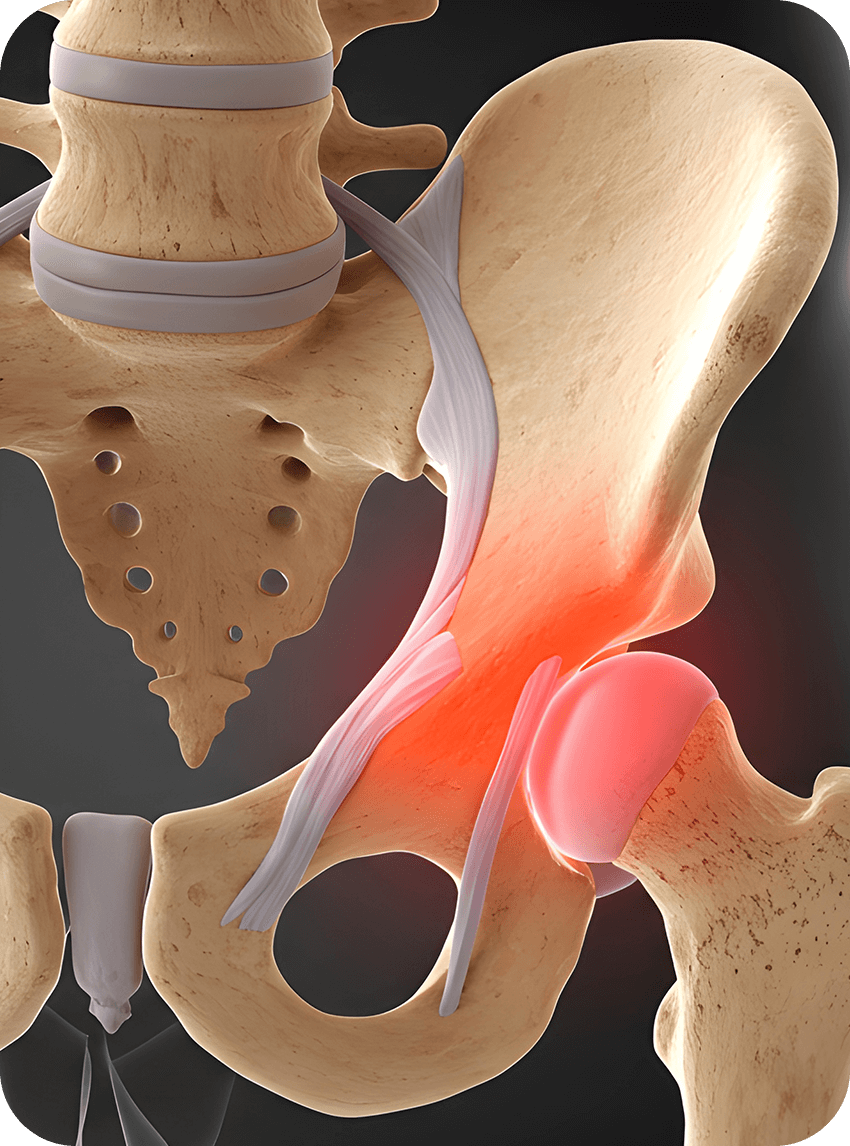Sacroiliac (SI) Joint Injections
An SI joint injection delivers a combination of a local anesthetic and an anti-inflammatory steroid medication directly into the sacroiliac joint. This reduces inflammation and provides pain relief, helping patients return to daily activities with greater comfort.
SI joint injections may serve two purposes:
-
Diagnostic – confirming that the SI joint is the source of pain.
-
Therapeutic – providing longer-term relief of pain and inflammation.
SI Joint Injections are typically recommended for patients with:
-
Lower back or buttock pain suspected to originate from the SI joint
-
Pain that worsens with standing, walking, or climbing stairs
-
Sacroiliitis (inflammation of the SI joint)
-
Arthritis or degenerative changes affecting the SI joint
-
Trauma or repetitive strain to the pelvis or spine
They are often considered when conservative treatments such as rest, medication, or physical therapy have not provided sufficient relief.
- Provides targeted pain relief at the source
-
Helps confirm whether the SI joint is responsible for symptoms
-
Reduces inflammation, improving mobility and function
-
Minimally invasive with low risk and short recovery time
-
May help delay or avoid the need for more invasive procedures
Inflammation of one or both SI joints that causes pain in the lower back, hips, and buttocks.
Pain caused by abnormal motion or instability of the SI joint, often leading to radiating discomfort in the lower back and legs. Learn more about Sacroiliac Joint Dysfunction.
Degenerative joint disease that wears down the cartilage in the SI joint, resulting in stiffness and localized pain. Learn more about osteoarthritis.
A type of inflammatory arthritis that can affect the SI joints, causing chronic back pain and reduced mobility.
Injury to the pelvis or lower spine that irritates or damages the sacroiliac joint.
Hormonal and postural changes during pregnancy can place extra stress on the SI joints, leading to discomfort that may be eased with injections.

